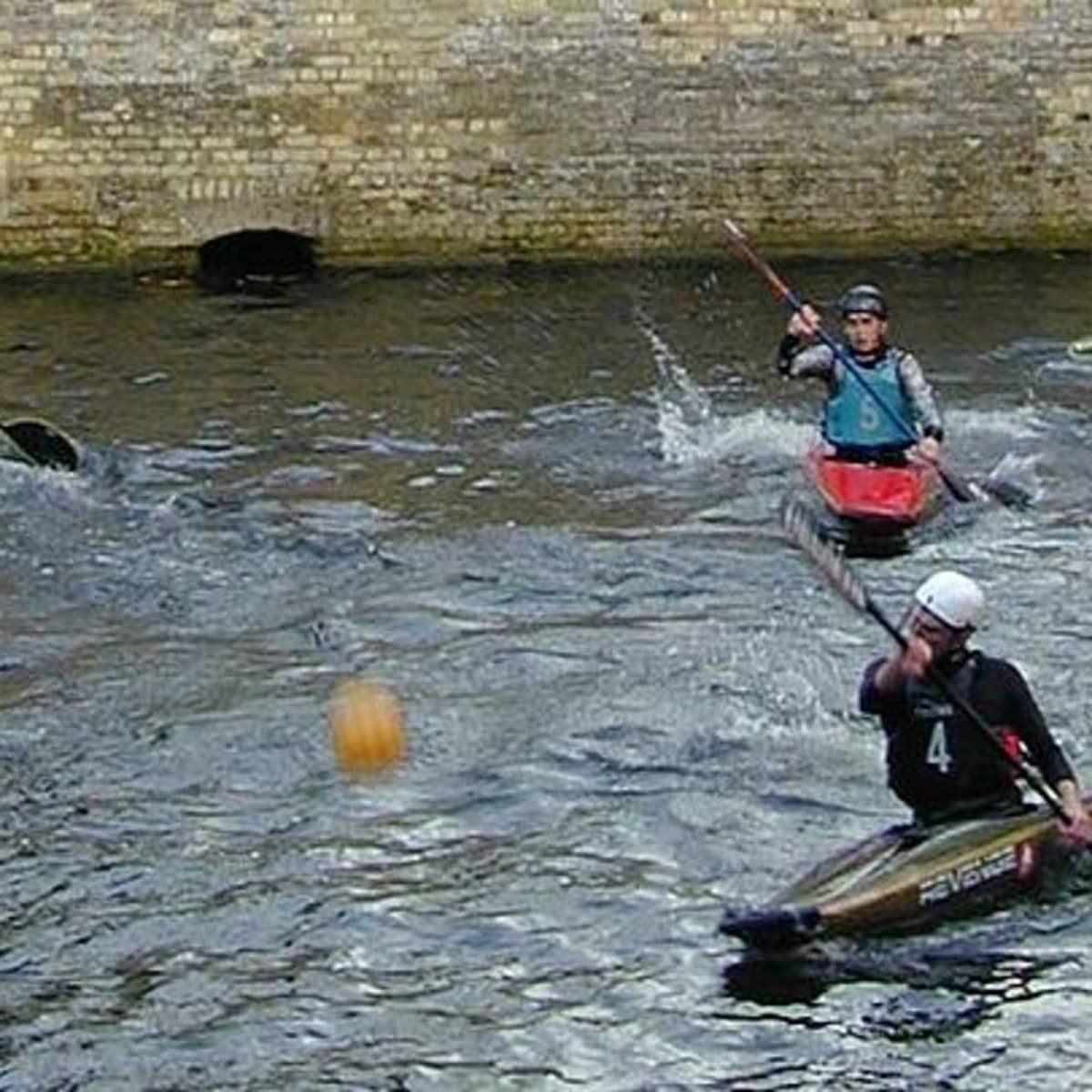Canoe Polo: Paddling, Passing, and Scoring in Water
Imagine the rush of gliding through water, the splash of paddles, and the strategic precision of a team sport. Canoe Polo encapsulates all these elements, creating a unique and exhilarating experience that combines kayaking skills with the tactics of a ball game. In this article, we will dive into the world of Canoe Polo, exploring its origins, rules, techniques, and the thrill it brings to both participants and spectators.
A Brief History: From Kayaks to Canoe Polo
Canoe Polo, often referred to as “water polo on kayaks,” has its roots deeply embedded in the kayaking culture. Originating in the 1970s in the United Kingdom, it quickly gained popularity across Europe and beyond. The game was officially codified in the 1980s, establishing a set of rules that would govern competitions and ensure a fair and enjoyable experience for players.
The concept is simple yet captivating: two teams paddle in kayaks, aiming to score goals by throwing a water polo ball into the opposing team’s net. The game is fast-paced, demanding not only paddling skills but also teamwork, strategy, and a good sense of balance.
Rules of the Game: Navigating the Waters of Canoe Polo
Navigating the waters of Canoe Polo requires a solid understanding of the game’s rules. Each team consists of five players, and the match is typically played in two halves, each lasting around ten minutes. The rules incorporate elements from kayaking and water polo, creating a dynamic and challenging environment.
One unique feature is the “no contact” rule, which prohibits physical contact between players. While collisions are inevitable in such a dynamic sport, intentional contact is penalized. The ball can be passed, thrown, or even caught with the paddles, adding an extra layer of skill and finesse to the game.
Techniques: Mastering the Art of Paddling and Passing
Paddling in Canoe Polo requires a blend of speed, agility, and control. Players need to maneuver their kayaks swiftly to outpace opponents and position themselves for the perfect shot. The paddle becomes not only a means of propulsion but also a crucial tool for ball control.
Passing, another essential skill, involves accurate throws and quick exchanges between teammates. The unique design of the kayak paddle allows for a variety of passes, from short and swift to long and strategic. Coordination and communication among team members are key to executing successful plays.
Scoring Strategies: Turning Paddles into Points
Scoring in Canoe Polo involves getting the ball into the opponent’s goal, suspended two meters above the water. The fast-paced nature of the game requires teams to be agile both offensively and defensively. A well-coordinated attack, strategic passing, and a precise shot are the ingredients for a successful goal.
Defensively, teams must work together to protect their goal, intercept passes, and block shots. A skilled goalkeeper plays a pivotal role, using the kayak to cover as much of the goal area as possible while maintaining the agility to react quickly to incoming shots.
Frequently Asked Questions (FAQs)
Q1: Can anyone participate in Canoe Polo, or is it only for experienced kayakers?
A1: Canoe Polo welcomes participants of all skill levels. While some experience in kayaking is beneficial, beginners can learn the basics and gradually improve their skills through practice and guidance from more experienced players.
Q2: Are there different types of kayaks used in Canoe Polo?
A2: Yes, there are specific kayaks designed for Canoe Polo. These kayaks are typically shorter and more maneuverable than traditional kayaks. The design allows for quick turns and agile movements, essential for navigating the fast-paced nature of the game.
Q3: Is Canoe Polo a physically demanding sport?
A3: Canoe Polo can be physically demanding, requiring a combination of strength, endurance, and agility. However, the intensity can be adjusted based on the level of play and personal preferences. It’s a sport that accommodates a wide range of fitness levels.
In conclusion, Canoe Polo offers a thrilling blend of paddling, passing, and scoring, making it a unique and engaging water sport. Whether you’re a seasoned kayaker or someone looking for a new and exciting athletic challenge, Canoe Polo provides an opportunity to embrace the water in a whole new way. So, grab a paddle, hop in a kayak, and experience the adrenaline of Canoe Polo for yourself!

